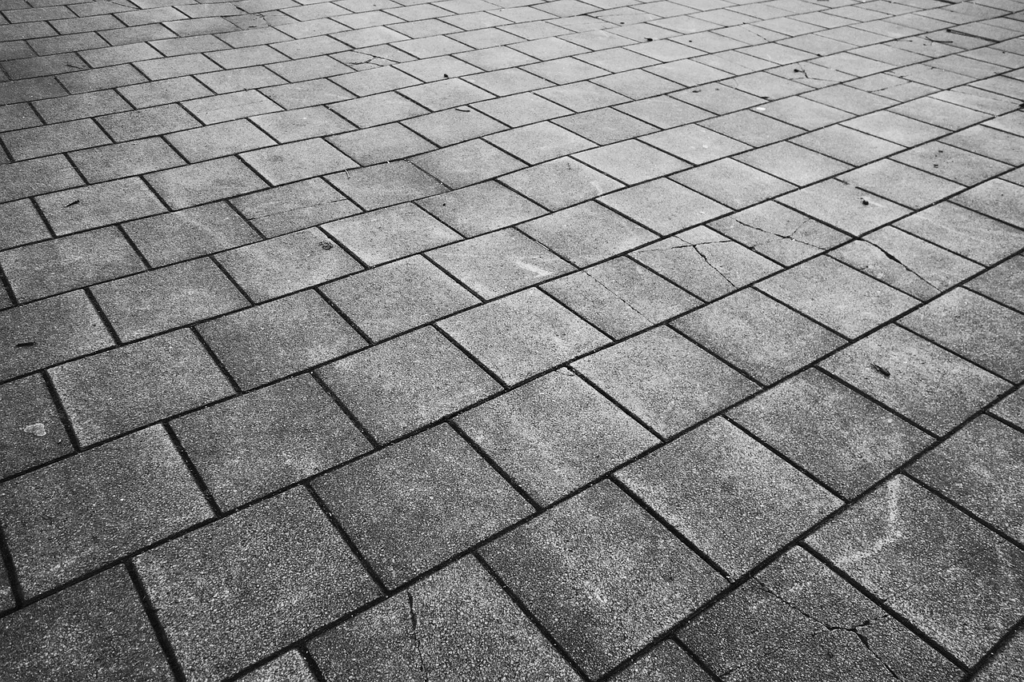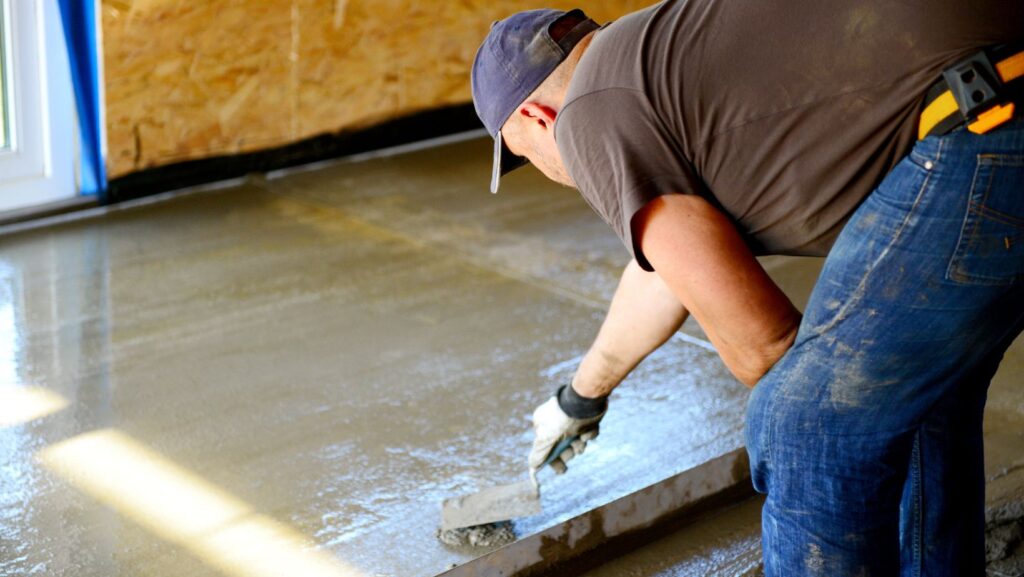Concrete flooring is a popular choice among many builders and homeowners due to its durability, aesthetic appeal, and low maintenance requirements. The longevity and performance of a concrete floor largely depend on one crucial factor: surface preparation. Proper preparation sets the foundation for the entire flooring process, impacting its appearance, durability, and effectiveness. Understanding the importance of this stage can save time and resources in the long run, ensuring that your investment is worth it.
The Importance of Surface Preparation
Surface preparation refers to the steps taken to prepare a concrete slab for the application of finishes, toppings, or coatings. It ensures that all surfaces are robust enough to maintain performance characteristics. Without adequate surface preparation, the risk of various problems increases, including delamination, cracking, and reduced adhesion with overlays or coatings. According to the American Concrete Institute (ACI), improper surface preparation accounts for over 80 percent of flooring failures. This staggering statistic highlights how fundamental this process is for any concrete flooring project.
Different methods and techniques may be employed during the preparation process, and they vary based on the concrete condition and the desired outcome. If the surface is heavily textured or contaminated with oils, a more aggressive technique would be necessary to achieve a clean base for installation. Keeping these factors in mind ensures that the flooring remains intact and durable, providing a lasting solution for both residential and commercial environments.
Choosing the Right Surface Preparation Method
Selecting the proper surface preparation method is imperative. If you explore Niagara Machine, you’ll discover how concrete grinders are often used to remove surface contaminants and achieve the desired level of smoothness. These machines can serve both residential and commercial purposes, making them versatile tools. By utilizing a quality concrete grinder, you can achieve a consistent profile that enhances the adhesion of subsequent layers.

A well-prepared surface will enable any additional coatings or toppings to adhere effectively without peeling or flaking. When considering your approach, consulting with specialists in the field can provide recommendations tailored to specific flooring types and their unique requirements.
Employing a technique such as shot blasting can improve the flooring’s ability to support desired finishes. Shot blasting creates a roughened surface, which is particularly beneficial for high-traffic areas, ensuring that the subsequent layers bond effectively to withstand continuous use. As part of a comprehensive surface preparation strategy, combining different techniques can yield optimal results, creating a strong foundation for long-lasting concrete flooring.
The Role of Surface Cleanliness
Before any additional layers are applied to the concrete surface, it is vital to ensure that it is completely clean. Dust, debris, and residues can interfere with adhesion and compromise the durability of the flooring system. To avoid these pitfalls, it is vital to conduct a thorough cleaning of the concrete slab before any coatings are applied. Cleaning methods may vary and could include pressure washing, scrubbing, or using chemical cleaners, depending on the type of contaminants present.
The importance of cleanliness in this stage cannot be overstated. Studies indicate that floors with poor surface cleanliness experience up to a 50 percent decrease in bonding performance, leading to early failure. By prioritizing this step in surface preparation, the chances of achieving a successful and durable concrete flooring system significantly increase, ensuring that the results meet both aesthetic and performance expectations.
Addressing Surface Imperfections
Once the surface has been cleaned, identifying and addressing imperfections is the next critical step. This process may involve filling cracks, holes, or other defects that could impact the appearance and longevity of the flooring system. Using appropriate repair materials is key to achieving effective results. Many contractors recommend polymer-modified repair mortars for filling cracks, as these products offer excellent adhesion and flexibility. Making sure to repair any imperfections contributes to the structural integrity of the concrete flooring.
Adjusting the surface profile is equally important. If the concrete has a high gloss finish or is too smooth, it can create problems with bonding for subsequent finishes. Roughening the surface to create a profile that encourages maximum adhesion is often necessary. Achieving the right surface texture ensures that the new coatings or overlays will adhere properly while contributing to the durability of the floor. This preparation step is often overlooked yet is crucial for the performance of the concrete flooring system in the long term.
Investing in Quality Materials
Investing in high-quality materials goes hand in hand with effective surface preparation. No matter how well the surface is prepared, using subpar coatings or toppings can lead to premature failures. It is vital to select products from reputable manufacturers known for their performance and durability. Many contractors advocate for materials that have undergone rigorous testing, ensuring that they can withstand various stressors, including thermal expansion, moisture changes, and heavy foot traffic.
When choosing materials, consider the long-term implications of your selections. Quality options often yield better results and require fewer repairs, saving both money and time in the long run. By emphasizing quality in your project, you support the initial investment made in surface preparation, creating a seamless performance across the entire flooring system.
The Impact of Moisture Control
Moisture is one of the most common causes of flooring failures, making it a critical factor to address during surface preparation. Excess moisture within the concrete slab can prevent coatings and adhesives from bonding properly, leading to blistering, peeling, or even mold growth beneath the surface. For this reason, moisture testing is often recommended before applying any finish. Techniques such as calcium chloride tests or relative humidity probes help determine if the slab is within the acceptable moisture range for the chosen flooring system.

Implementing proper moisture barriers or sealants as part of the preparation process can significantly enhance the flooring’s performance and longevity. These solutions create a protective layer that minimizes vapor transmission, ensuring that the finish applied on top remains stable and intact. By proactively managing moisture levels, contractors and homeowners can safeguard their flooring investment and reduce the likelihood of costly future repairs.


